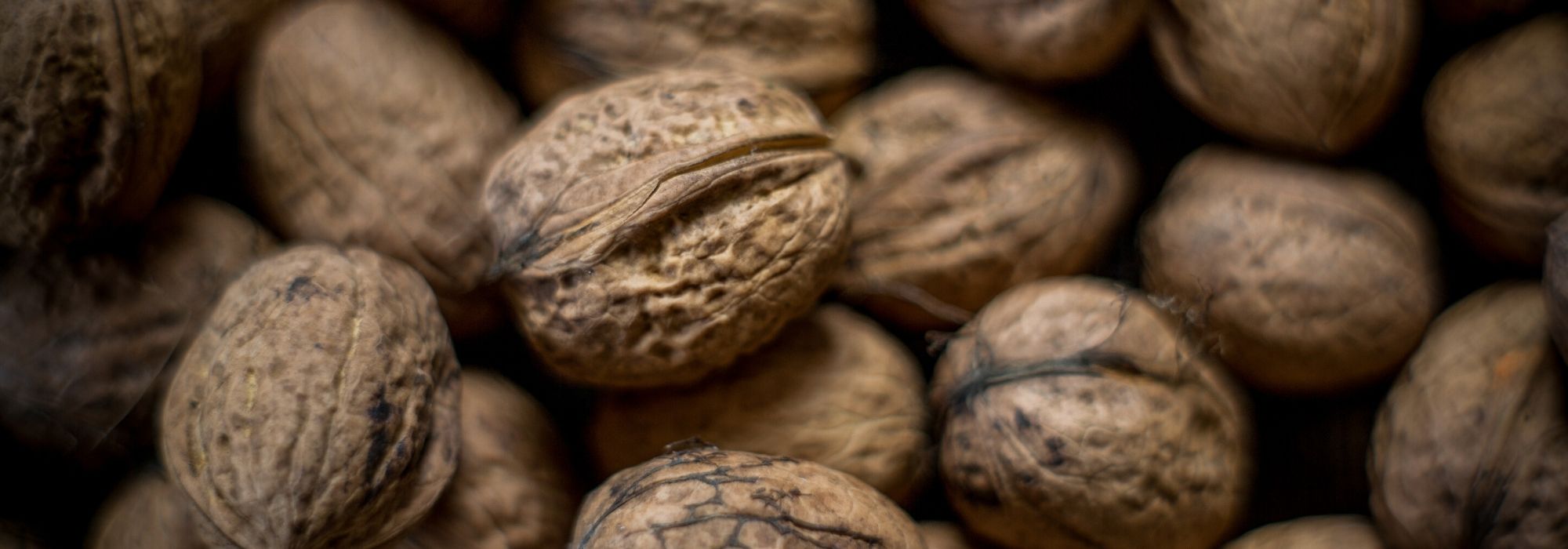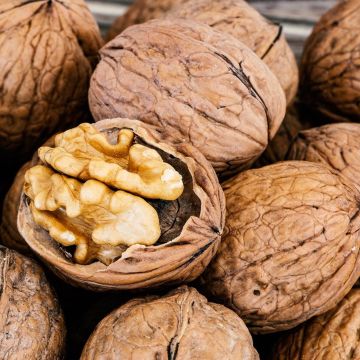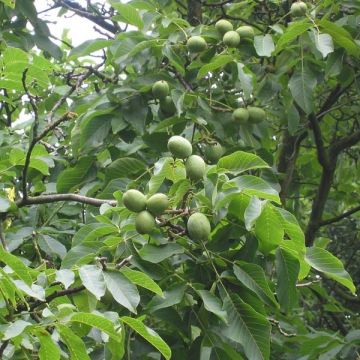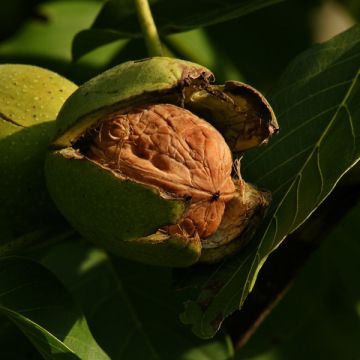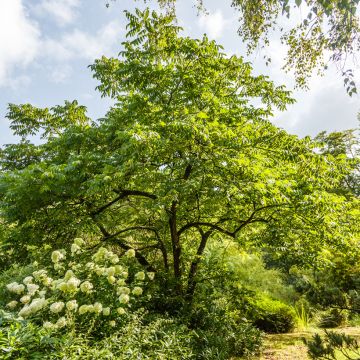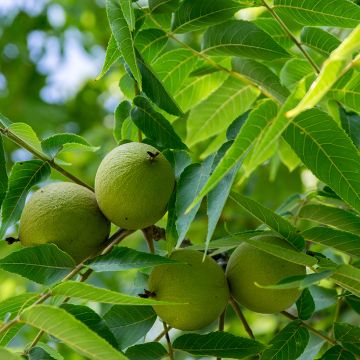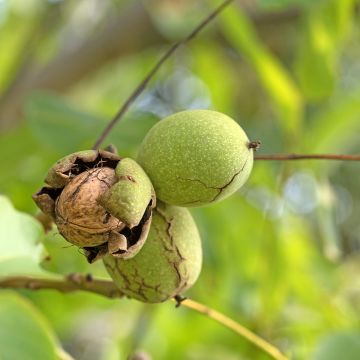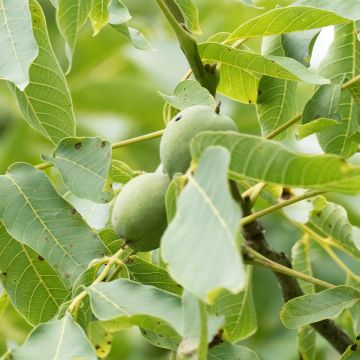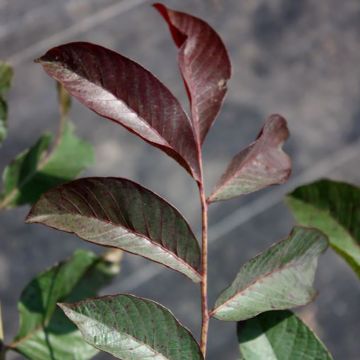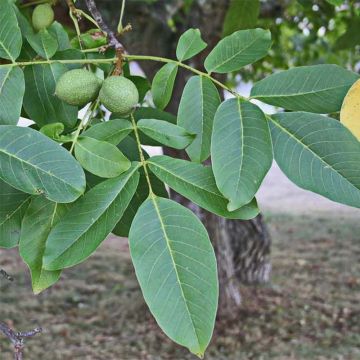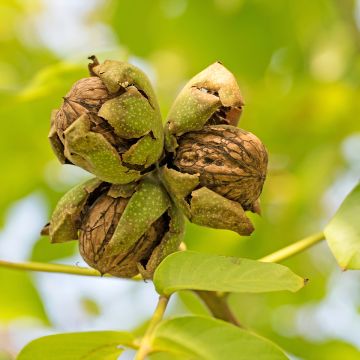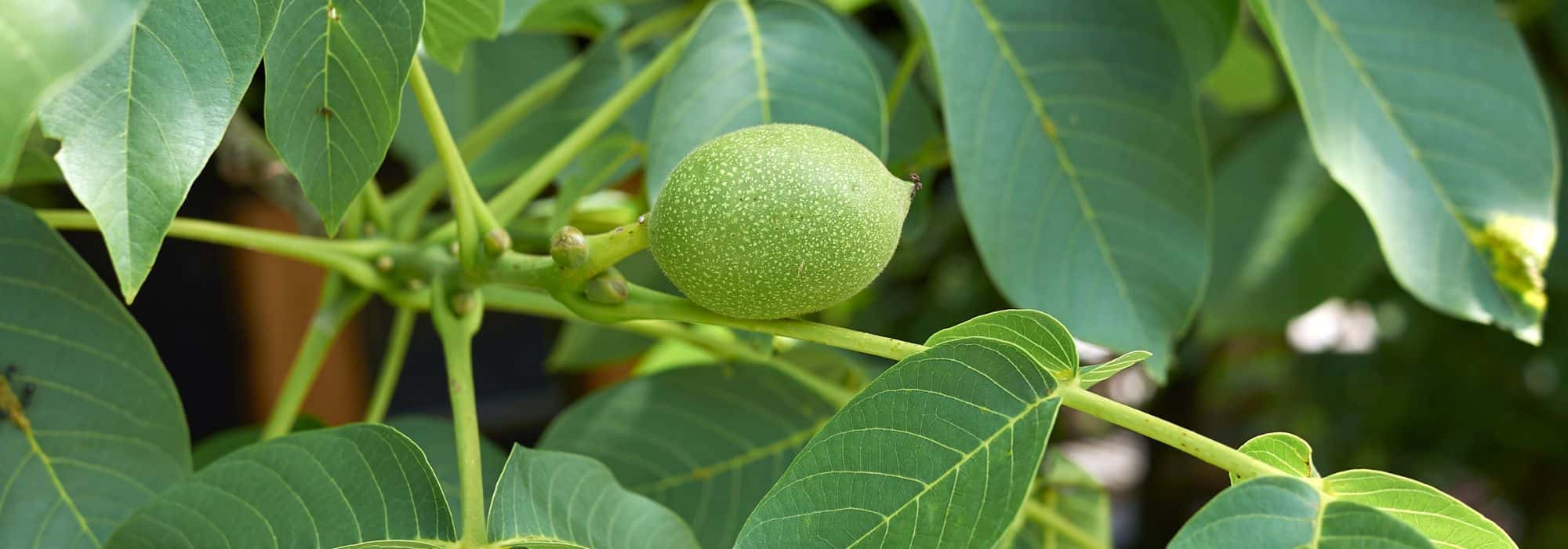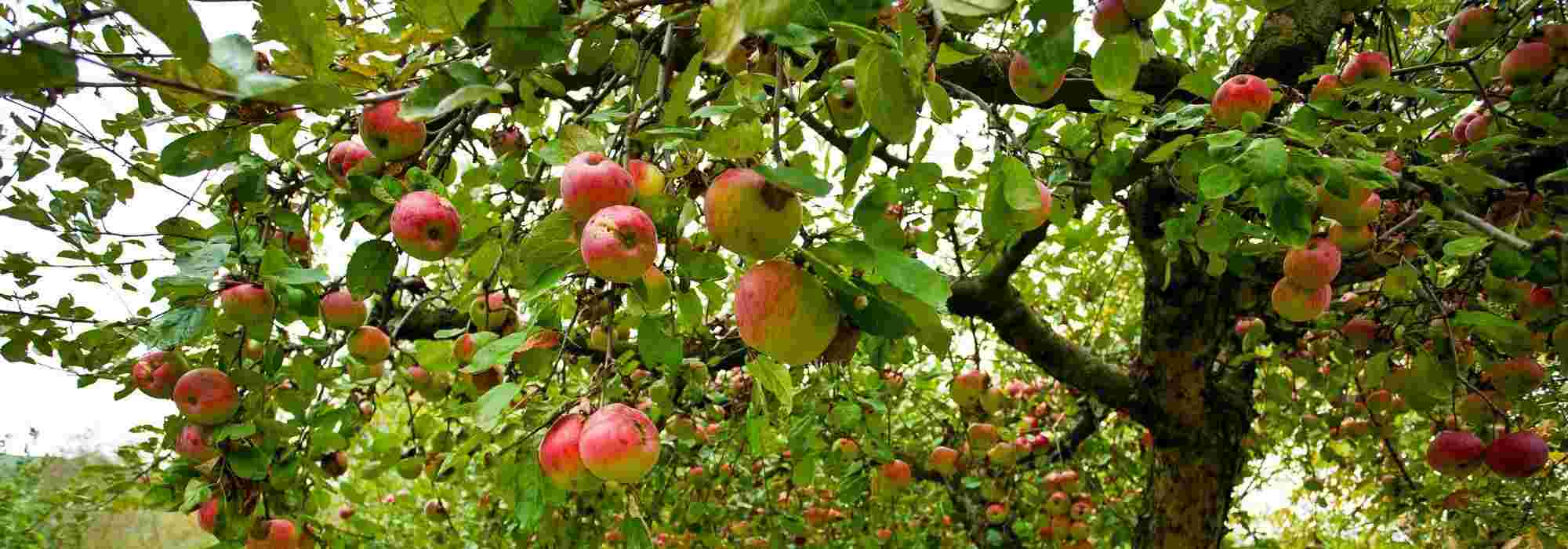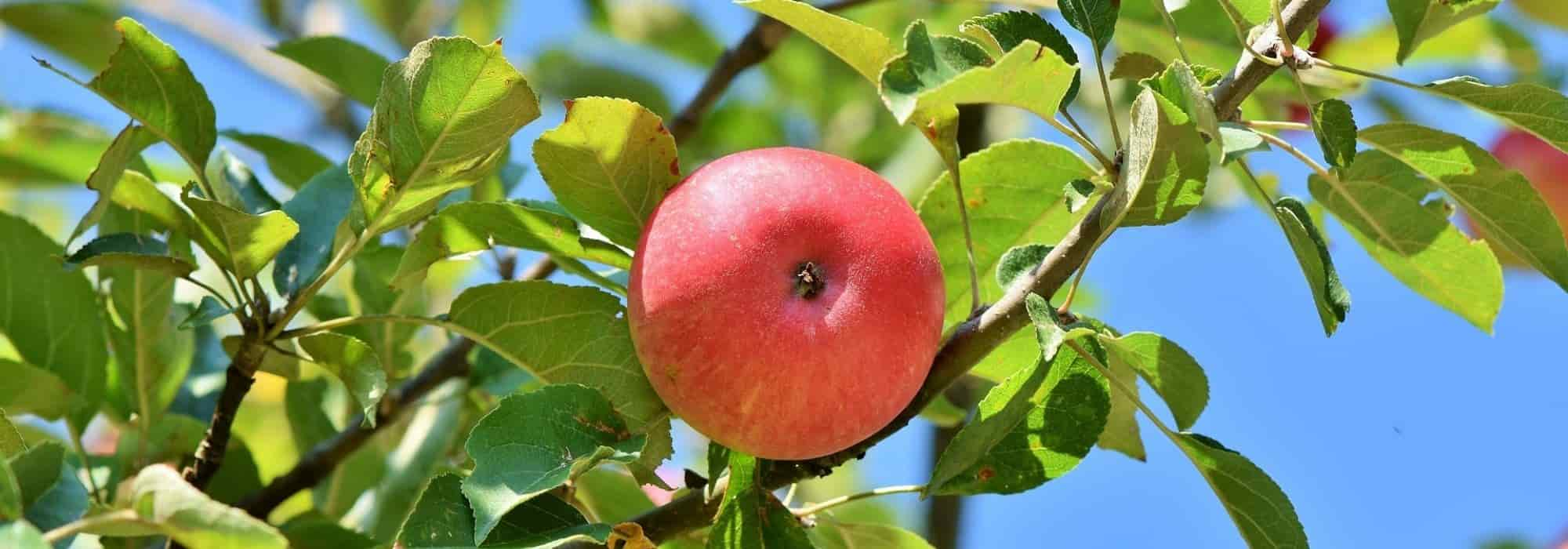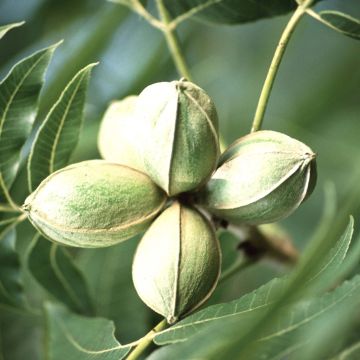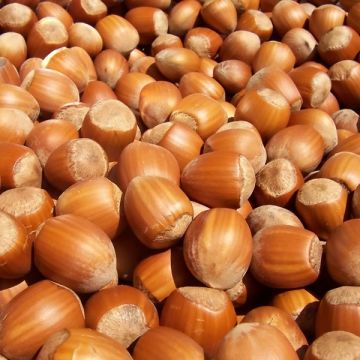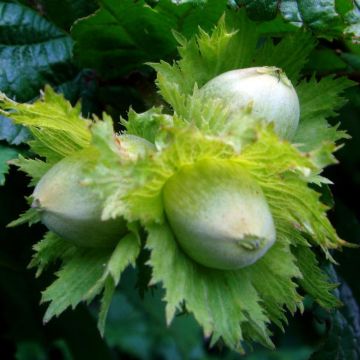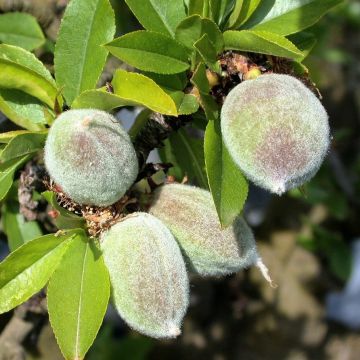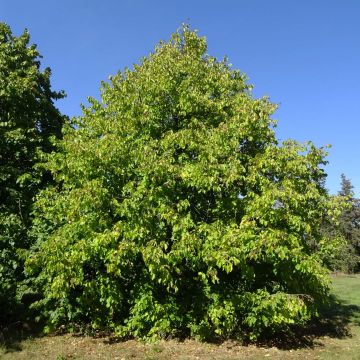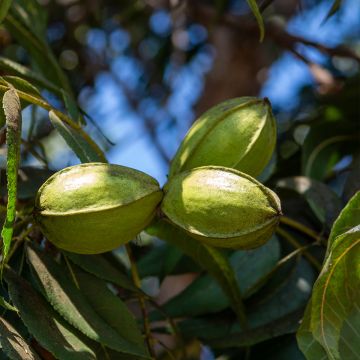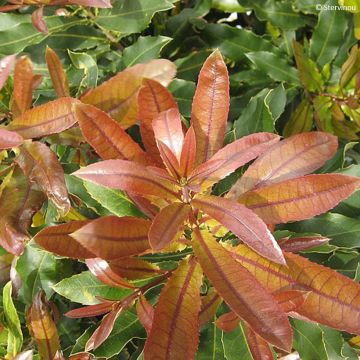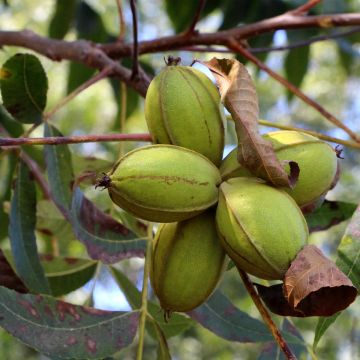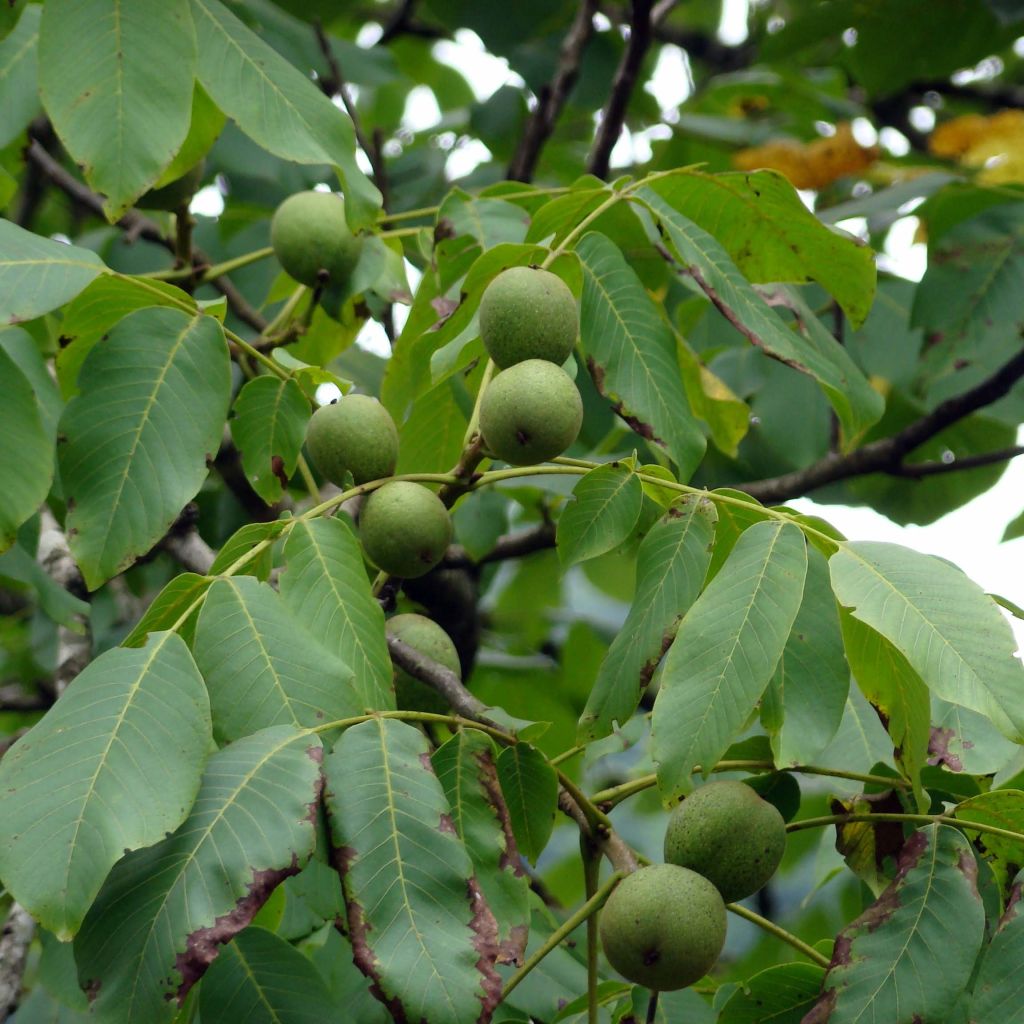

Common Walnut Fernor - Juglans regia
Common Walnut Fernor - Juglans regia
Juglans regia Fernor
Common Walnut, Persian Walnut, English Walnut
No complaints.
CHANUT, 30/11/2024
Special offer!
Receive a €20 voucher for any order over €90 (excluding delivery costs, credit notes, and plastic-free options)!
1- Add your favorite plants to your cart.
2- Once you have reached €90, confirm your order (you can even choose the delivery date!).
3- As soon as your order is shipped, you will receive an email containing your voucher code, valid for 3 months (90 days).
Your voucher is unique and can only be used once, for any order with a minimum value of €20, excluding delivery costs.
Can be combined with other current offers, non-divisible and non-refundable.
Home or relay delivery (depending on size and destination)
Schedule delivery date,
and select date in basket
This plant carries a 6 months recovery warranty
More information
We guarantee the quality of our plants for a full growing cycle, and will replace at our expense any plant that fails to recover under normal climatic and planting conditions.

Description
Juglans regia 'Fernor' is a variety of common walnut that is interesting for its moderate growth, its relatively late flowering which protects it from frost, and the qualities of its fruiting. This beautiful tree with an upright habit produces elongated nuts of medium size fairly quickly (around 6-7 years old), with a bumpy shell and well-sealed valves, which are good for storage. They protect very light-coloured kernels, with a sweet and slightly sugary flavour, of very good taste quality. The flowering, in May, is only partially self-fertile. Fruit production will be improved in the presence of another variety of walnut nearby.
Juglans regia, or common walnut, belongs to the Juglandaceae family and is a deciduous tree native to China, Iran, and Southeastern Europe. The 'Fernor' variety is a variety obtained by INRA at the Domaine de la Grande Ferrade, in Gironde. It is an upright tree that reaches about 7.50 metres (25 feet) in height in 20 years and can grow up to 15 metres (49 feet) at maturity. Its spread is slightly less imposing, reaching up to 10 metres (33 feet). However, in orchards, there are 8 metres (26 feet) between two trees. No planting is possible below its canopy, as few plants can withstand its competition, which is due to the production of juglone, an aromatic compound toxic to most plants.
Budburst in this 'Fernor' variety is quite late, with buds opening during the second half of April. The discreet flowering takes place in May, on the lateral twigs along the branches. It is classified as protandrous, meaning that the male flowers mature slightly before the female flowers. This explains the need to plant another walnut variety with a slightly offset flowering time to ensure optimal pollination of the female flowers. Choose, for example, 'Ronde de Montignac', 'Meylannaise', or 'Fernette'. The 'Fernor' walnut is ready for harvesting in October. The fruit is covered with a thick, green-coloured skin that stains the fingers when broken. The shell can measure up to 32mm (1in) in length. The kernels, which represent up to 44% of the weight of the nut, are tasty both fresh and dried. Expect five to seven years before your first harvest. The walnut foliage turns yellow in autumn before falling.
To store your walnuts: remove the skins (wear gloves, as they stain the fingers). First, let them dry in one or two layers in crates, in a dry place, stirring them occasionally, for 4 to 5 weeks. Then store your walnuts in a dark place, at a temperature between 7 and 10°C (44.6 and 50°F), in a room that is not too humid (70% humidity).
In the kitchen: you can enjoy walnut kernels in savoury salads (endive salad, with cheese, dried duck breasts...) or sweet salads (with winter fruits and raisins), or in pastries. There are many recipes from our regions to discover, based on walnuts. You can also harvest green walnuts in June, on Saint John's Day, to make walnut wine.
Walnut trees in general prefer fresh and deep but well-drained soils, as they dislike stagnant moisture. Once well-rooted in deep soil, they tolerate summer drought fairly well. A harsh winter can limit fruiting and weaken the tree.
Common Walnut Fernor - Juglans regia in pictures
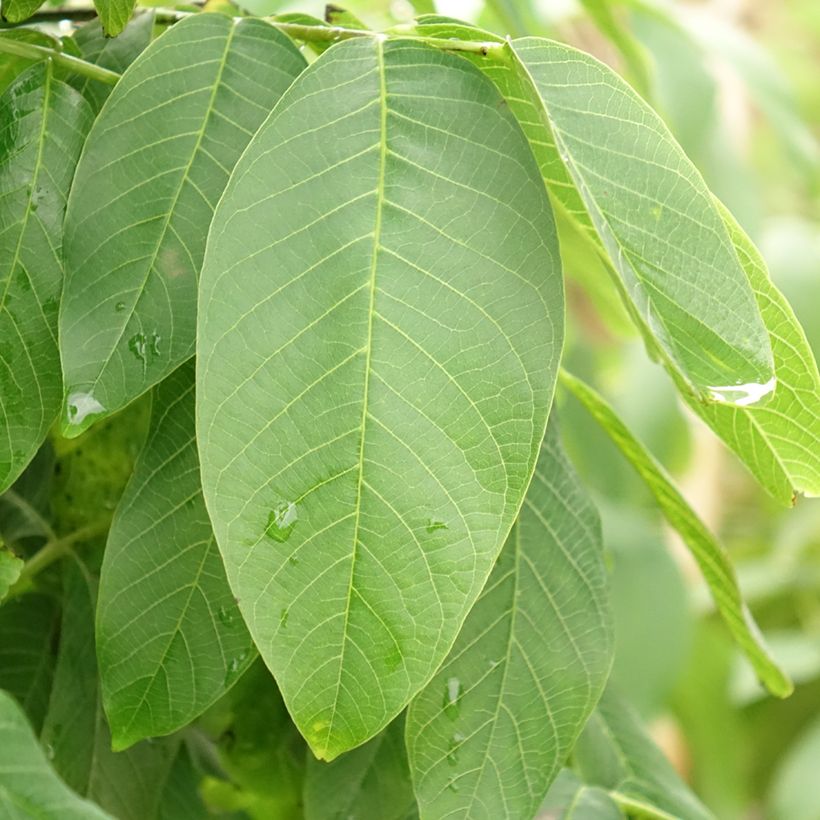



Plant habit
Fruit
Flowering
Foliage
Botanical data
Juglans
regia
Fernor
Juglandaceae
Common Walnut, Persian Walnut, English Walnut
Cultivar or hybrid
Other Walnut trees
View all →Planting and care
Plant your 'Fernor' walnut in a sunny and open position, in a deep soil. It tolerates limestone and clay, but prefers loamy soils to spread its roots. Create a beautiful planting hole enriched with humus and a little gravel. Take care to water your walnut tree during periods of drought in the first few years. You can optionally add well-decomposed compost to its base in autumn. For the first 5 years, encourage the formation of 3 or 4 main branches, giving it a goblet-shaped habit, which is traditional in fruit tree cultivation. In this upright-growing variety, it can be useful to slightly bend the lateral branches in the early years to clear the crown. Harvesting takes place in October, and the fruit is equally good fresh or dried. To dry your walnuts, place them in a well-ventilated area, spread out to limit the risk of mould on the tree rings. Harvest them quickly, as soon as the fruits start to fall to the ground. The walnuts should not remain on the ground for more than three days.
Planting period
Intended location
Care
Planting & care advice
-
, onOrder confirmed
Reply from on Promesse de fleurs
Similar products
Haven't found what you were looking for?
Hardiness is the lowest winter temperature a plant can endure without suffering serious damage or even dying. However, hardiness is affected by location (a sheltered area, such as a patio), protection (winter cover) and soil type (hardiness is improved by well-drained soil).

Photo Sharing Terms & Conditions
In order to encourage gardeners to interact and share their experiences, Promesse de fleurs offers various media enabling content to be uploaded onto its Site - in particular via the ‘Photo sharing’ module.
The User agrees to refrain from:
- Posting any content that is illegal, prejudicial, insulting, racist, inciteful to hatred, revisionist, contrary to public decency, that infringes on privacy or on the privacy rights of third parties, in particular the publicity rights of persons and goods, intellectual property rights, or the right to privacy.
- Submitting content on behalf of a third party;
- Impersonate the identity of a third party and/or publish any personal information about a third party;
In general, the User undertakes to refrain from any unethical behaviour.
All Content (in particular text, comments, files, images, photos, videos, creative works, etc.), which may be subject to property or intellectual property rights, image or other private rights, shall remain the property of the User, subject to the limited rights granted by the terms of the licence granted by Promesse de fleurs as stated below. Users are at liberty to publish or not to publish such Content on the Site, notably via the ‘Photo Sharing’ facility, and accept that this Content shall be made public and freely accessible, notably on the Internet.
Users further acknowledge, undertake to have ,and guarantee that they hold all necessary rights and permissions to publish such material on the Site, in particular with regard to the legislation in force pertaining to any privacy, property, intellectual property, image, or contractual rights, or rights of any other nature. By publishing such Content on the Site, Users acknowledge accepting full liability as publishers of the Content within the meaning of the law, and grant Promesse de fleurs, free of charge, an inclusive, worldwide licence for the said Content for the entire duration of its publication, including all reproduction, representation, up/downloading, displaying, performing, transmission, and storage rights.
Users also grant permission for their name to be linked to the Content and accept that this link may not always be made available.
By engaging in posting material, Users consent to their Content becoming automatically accessible on the Internet, in particular on other sites and/or blogs and/or web pages of the Promesse de fleurs site, including in particular social pages and the Promesse de fleurs catalogue.
Users may secure the removal of entrusted content free of charge by issuing a simple request via our contact form.
The flowering period indicated on our website applies to countries and regions located in USDA zone 8 (France, the United Kingdom, Ireland, the Netherlands, etc.)
It will vary according to where you live:
- In zones 9 to 10 (Italy, Spain, Greece, etc.), flowering will occur about 2 to 4 weeks earlier.
- In zones 6 to 7 (Germany, Poland, Slovenia, and lower mountainous regions), flowering will be delayed by 2 to 3 weeks.
- In zone 5 (Central Europe, Scandinavia), blooming will be delayed by 3 to 5 weeks.
In temperate climates, pruning of spring-flowering shrubs (forsythia, spireas, etc.) should be done just after flowering.
Pruning of summer-flowering shrubs (Indian Lilac, Perovskia, etc.) can be done in winter or spring.
In cold regions as well as with frost-sensitive plants, avoid pruning too early when severe frosts may still occur.
The planting period indicated on our website applies to countries and regions located in USDA zone 8 (France, United Kingdom, Ireland, Netherlands).
It will vary according to where you live:
- In Mediterranean zones (Marseille, Madrid, Milan, etc.), autumn and winter are the best planting periods.
- In continental zones (Strasbourg, Munich, Vienna, etc.), delay planting by 2 to 3 weeks in spring and bring it forward by 2 to 4 weeks in autumn.
- In mountainous regions (the Alps, Pyrenees, Carpathians, etc.), it is best to plant in late spring (May-June) or late summer (August-September).
The harvesting period indicated on our website applies to countries and regions in USDA zone 8 (France, England, Ireland, the Netherlands).
In colder areas (Scandinavia, Poland, Austria...) fruit and vegetable harvests are likely to be delayed by 3-4 weeks.
In warmer areas (Italy, Spain, Greece, etc.), harvesting will probably take place earlier, depending on weather conditions.
The sowing periods indicated on our website apply to countries and regions within USDA Zone 8 (France, UK, Ireland, Netherlands).
In colder areas (Scandinavia, Poland, Austria...), delay any outdoor sowing by 3-4 weeks, or sow under glass.
In warmer climes (Italy, Spain, Greece, etc.), bring outdoor sowing forward by a few weeks.






























